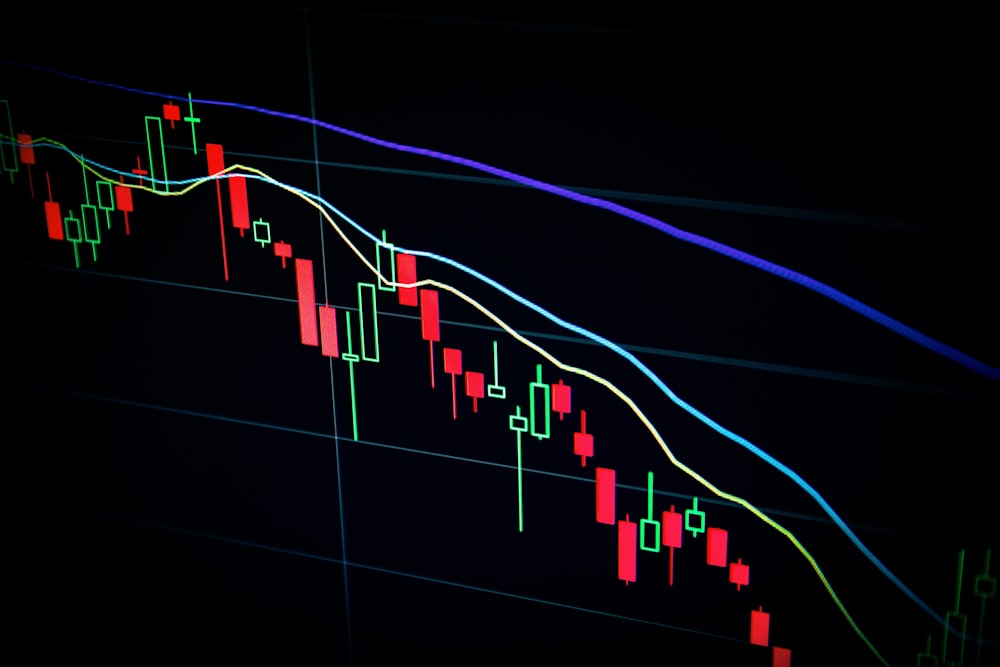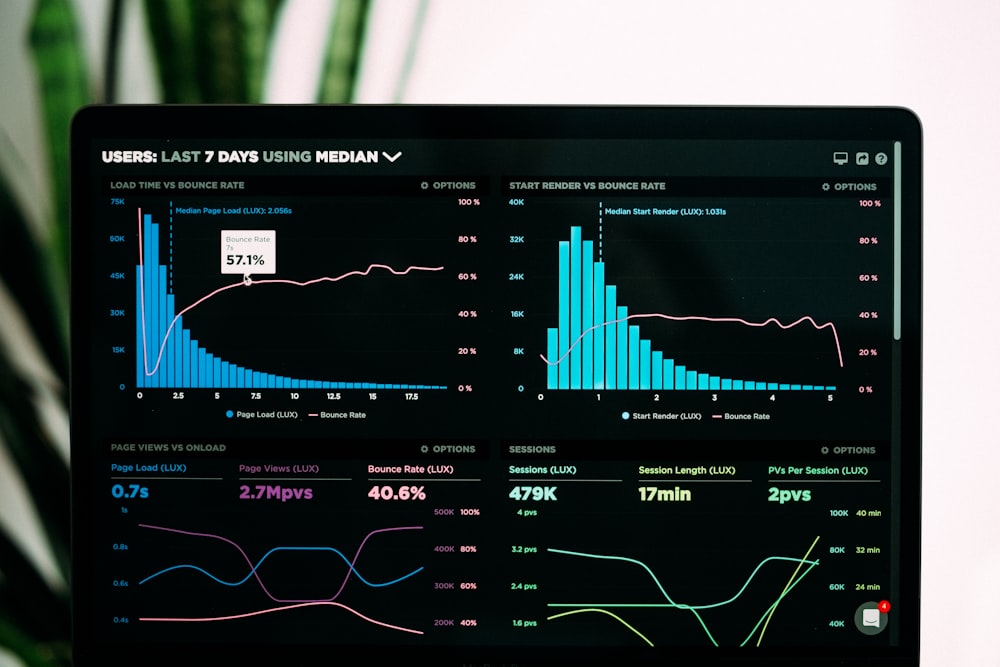While this development brings optimism for the stablecoin market, it raises questions about the implications for cryptocurrencies like XRP. Some analysts suggest that the emerging regulated stablecoins might diminish XRP's relevance in cross-border transactions. Yet, industry experts argue that XRP could see a boost in utility as it serves as a vital bridge asset in a system increasingly using stablecoins. The existing $27 trillion in Nostro/Vostro accounts reflects banks’ current mechanisms for settling payments, a figure likely to surpass $50 trillion as trust in stablecoins grows uncertain.
XRP is seen as a neutral bridge that offers support where stablecoins may not suffice. Although stablecoins are generally used for value retention, XRP is designed for seamless transfers across borders. This distinction is crucial; stablecoins, tied to fiat currencies, are less effective in facilitating instantaneous cross-country transactions. XRP remains a strong option due to its decentralized liquidity and speed, which are essential for global commerce.
As regulatory frameworks take shape around stablecoins, they will not necessarily overshadow XRP’s unique capabilities. The consensus among some experts is that both systems can coexist, with XRP maintaining a role where fast and efficient value transfer is required.




